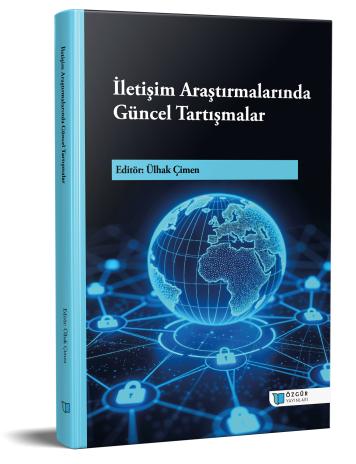
The Evolution of Gatekeeping Theory: From Gatekeeping to Gatewatching
Chapter from the book:
Çimen,
Ü.
(ed.)
2025.
Current Debates in Communication Studies.
Synopsis
In conventional media, news selection has traditionally been a centralized process controlled by specific actors. However, with the rise of digitalization, this structure has evolved into a multi-actor, participatory, and algorithm-driven system. This transformation necessitates a re-evaluation of communication theories within the context of new media realities.
Gatekeeping theory, one of the principal frameworks explaining how decisions are made about which events become news in journalism, has attempted to adapt to this digital shift while also striving to preserve certain characteristics of traditional media.
This study explores the evolution of gatekeeping theory from its functioning within conventional media environments to the emergence of new gate structures shaped by social media, user-generated content, artificial intelligence, and algorithms. Existing theoretical models are revisited and simplified in an effort to reinterpret them in light of current developments.
Furthermore, the study emphasizes that the role of the gatekeeper is no longer limited to journalists. Users and digital platforms have also become key actors in content circulation. As a result, the concept of the “gate” in news production is no longer understood as a fixed and centralized control mechanism, but rather as a flexible, transitional, and multi-actor structure.

